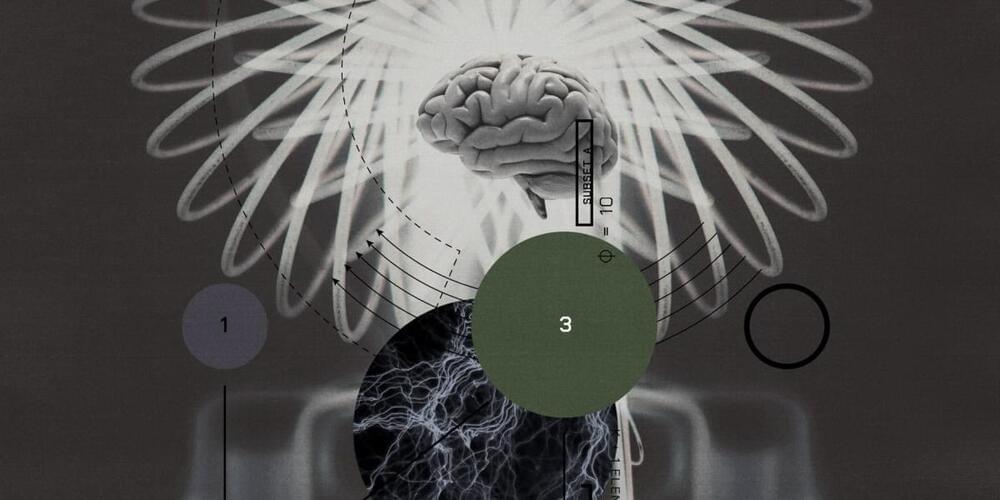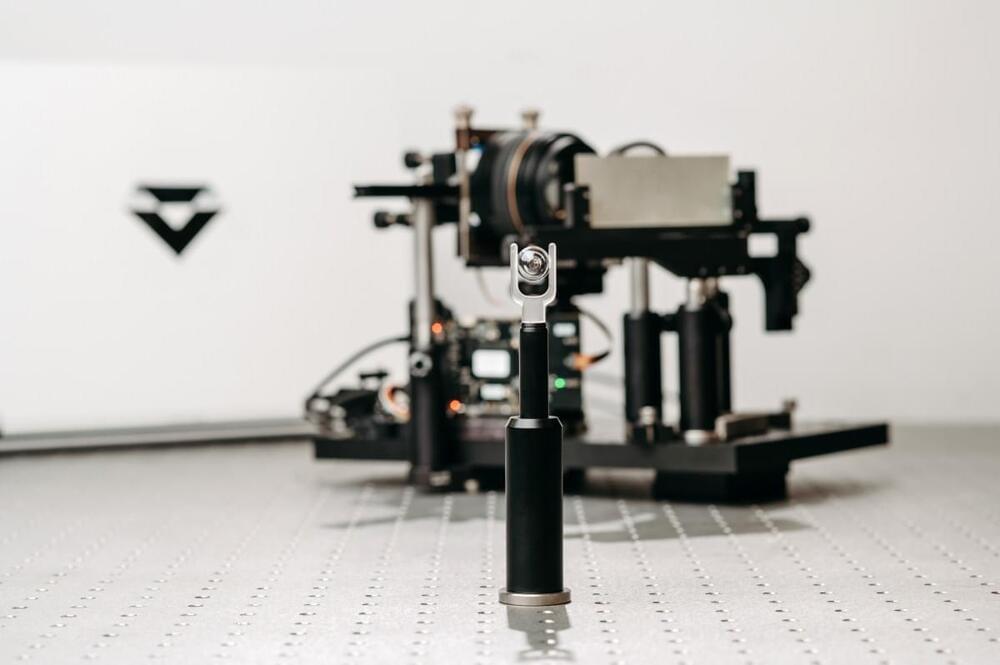The most detailed atlas of the human brain ever devised includes many cell types we’ve never seen before.



Scientists have successfully gene-edited chickens to make them partially resistant to the bird flu and believe full immunity may be within reach.
Scientists from the University of Edinburgh’s Roslin Institute have successfully gene-edited chickens to make them partially resistant to the bird flu but experts argue that only full immunity can see the danger of the virus eradicated.
This is according to a report by BBC News published this week.
Influenza A viruses, which are responsible for causing bird flu, can be divided into many subtypes based on the surface proteins hemagglutinin (H) and neuraminidase (N). While certain bird flu subtypes are less dangerous, others are more virulent and capable of causing serious illness.
A drug that boosts strength in injured or aging mice restores connections between nerves and muscle and suggests ways to combat weakness in humans due to aging, injury or disease.
Strategic defense initiative.
Join us as we delve into the fascinating world of collective intelligence, programmable biology, and the future of learning with renowned TED speaker and Harvard’s Wyss Institute Associate Faculty, Michael Levin. As the director of the Allen Discovery Center at Tufts University and co-director of the Institute for Computer-Designed Organisms, Levin stands at the forefront of biological research and innovation.
In this enlightening interview, we explore the potentials and pitfalls of rewriting our DNA to gain superhuman abilities – imagine being able to breathe underwater or see in infrared! We also address the nuances of academic publishing and the urgent need for more collaborative approaches within scientific disciplines.
This discussion is part of our ongoing series to understand and develop methodologies for collective and collaborative intelligence. The goal? To design more efficient and inclusive collaborative learning networks through our innovative methodology, Unify.
Tune in to learn more about the transformative power of biology, the future of academic collaboration, and the exciting potential of our Unify methodology. Whether you’re a biologist, an educator, a futurist, or simply curious about the potential of human biology, you won’t want to miss this interview.
Don’t forget to like, comment, and subscribe for more insightful conversations and deep dives into cutting-edge research and ideas.
#MichaelLevin #ProgrammableBiology #CollectiveIntelligence #UnifyMethodology #AcademicPublishing #Harvard #TuftsUniversity #TEDTalks #AllenDiscoveryCenter #WyssInstitute

I want to tell you about one thing that came up in our conversation: efforts to, in some way, monitor encrypted messages.
Policy proposals have been popping up around the world (like in Australia, India, and, most recently, the UK) that call for tech companies to build in ways to gain information about encrypted messages, including through back-door access. There have also been efforts to increase moderation and safety on encrypted messaging apps, like Signal and Telegram, to try to prevent the spread of abusive content, like child sexual abuse material, criminal networking, and drug trafficking.
Not surprisingly, advocates for encryption are generally opposed to these sorts of proposals as they weaken the level of user privacy that’s currently guaranteed by end-to-end encryption.

At the same time, Mudrik has been trying to figure out what this diversity of theories means for AI. She’s working with an interdisciplinary team of philosophers, computer scientists, and neuroscientists who recently put out a white paper that makes some practical recommendations on detecting AI consciousness. In the paper, the team draws on a variety of theories to build a sort of consciousness “report card”—a list of markers that would indicate an AI is conscious, under the assumption that one of those theories is true. These markers include having certain feedback connections, using a global workspace, flexibly pursuing goals, and interacting with an external environment (whether real or virtual).
In effect, this strategy recognizes that the major theories of consciousness have some chance of turning out to be true—and so if more theories agree that an AI is conscious, it is more likely to actually be conscious. By the same token, a system that lacks all those markers can only be conscious if our current theories are very wrong. That’s where LLMs like LaMDA currently are: they don’t possess the right type of feedback connections, use global workspaces, or appear to have any other markers of consciousness.
The trouble with consciousness-by-committee, though, is that this state of affairs won’t last. According to the authors of the white paper, there are no major technological hurdles in the way of building AI systems that score highly on their consciousness report card. Soon enough, we’ll be dealing with a question straight out of science fiction: What should one do with a potentially conscious machine?

Smartphone sales have had their worst quarterly performance in over a decade, a fact that raises two big questions. Have the latest models finally bored the market with mere incremental improvements? And if they have, what will the next form factor (and function) be? Today a deep tech startup called Xpanceo is announcing $40 million in funding from a single investor, Opportunity Ventures in Hong Kong, to pursue its take on one of the possible answers to that question: computing devices in the form of smart contact lenses.
The company wants to make tech more simple, and it believes the way to do that is to make it seamless and more connected to how we operate every day. “All current computers will be obsolete [because] they’re not interchangeable,” said Roman Axelrod, who co-founded the startup with material scientist and physicist Valentyn S. Volkov. “We are enslaved by gadgets.”
With a focus on new materials and moving away from silicon-based processing and towards new approaches to using optoelectronics, Xpanceo’s modest ambition, Axelrod said in an interview, is to “merge all the gadgets into one, to provide humanity with a gadget with an infinite screen. What we aim for is to create the next generation of computing.”

Adobe will premiere the first-ever TV commercial powered by its Firefly generative AI during high-profile sports broadcasts on Monday night. The commercial for Adobe Photoshop highlights creative capabilities enabled by the company’s AI technology.
Set to air during MLB playoffs and Monday Night Football, two of the most-watched live events on television, the new Adobe spot will showcase Photoshop’s Firefly-powered Generative Fill feature. Generative Fill uses AI to transform images based on text prompts.
With Adobe’s new commercial, generative AI will enter the mainstream spotlight, reaching audiences beyond just tech circles. While early adopters have embraced AI tools, a recent study found 44% of U.S. workers have yet to use generative AI, indicating its capabilities remain unknown to many.

A battery-less RFID tag could do the job just as well as a GPS landing module. The researchers have further refined how the tag works.
A collaboration between researchers at The University of Tokyo and telecommunications company NTT in Japan has led to the development of a radio-frequency identification (RFID)-based guidance system for autonomous drones, a press release said.
The use of drones for civil applications has been on the rise and is expected to increase further as countries become more liberal with airspace to be used by autonomous flying vehicles. Conventionally, drones have relied on imaging to determine their location, but as piloting control moves toward the machine from humans,… More.
Michael-rojek/iStock.